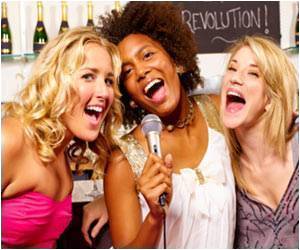New guidelines provide recommendations for physicians in treating patients with hoarseness, as nearly one-third of the population gets affected with hoarseness at some point in their life.

The updated guideline provides some substantially revised, evidence-based recommendations for healthcare providers when treating patients with hoarseness, a very common complaint that affects nearly one-third of the population at some point in their life.
Hoarseness is responsible for frequent healthcare visits and several billion dollars in lost productivity annually from work absenteeism.
With such a prevalence of occurrence, there are several important takeaways from the updated guideline that healthcare providers should be aware of when treating patients with hoarseness, including recommendations for escalation of care, the need for persistent hoarseness, and treatment.
The 2018 update provides an algorithm for healthcare providers to determine when acceleration of care is needed. These include but are not limited to recent surgical procedures involving the head, neck, or chest; presence of a neck mass; respiratory distress; history of tobacco use; or whether the patient is a professional voice user.
In addition, the update shortens the timeframe that hoarseness can be managed conservatively, from 90 days to four weeks, before evaluation of the larynx is recommended to determine the underlying cause.
Advertisement
"Hoarseness is often caused by benign conditions, like the common cold, voice overuse, age-related changes, and others; however, it may also be a symptom of a more serious condition, like head and neck cancer. Failure to evaluate the larynx can delay cancer diagnosis, resulting in the need for more aggressive treatment and reduced survival."
Advertisement
The guideline also provides recommendations on treating patients presenting with isolated hoarseness.
"An important component of this update are the recommendations that patients with isolated hoarseness should not be empirically treated with anti-reflux, antibiotic, or steroid medications before visualizing the larynx," said Dr. Francis.
"Physicians have an obligation to be good stewards when prescribing medication. There is very little evidence of benefit in treating isolated hoarseness with these medications, and in fact, they can offer more harm than good. The updated guideline provides physicians with the resources and tools to educate patients about prevention of hoarseness and how to manage it conservatively, without the use of unnecessary medication."
An Affirmation of Value for the guideline update was received from the American Academy of Family Physicians (AAFP).
Source-Eurekalert











